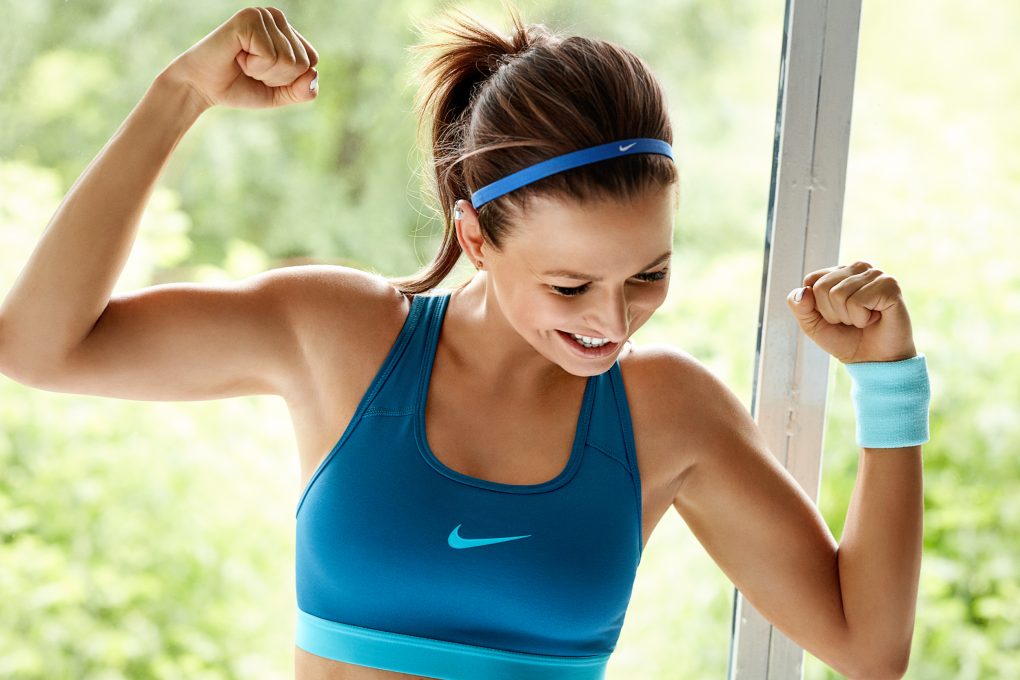
Periworkout nutrition
I often write about peri-workout meals and I still get questions about nutrition after, before or during training. And that’s fine! You can never have too much information on this topic. If you care about your health and regular physical activity, nutrition is the key. Remember that food is our fuel and is supposed to serve us as best as possible, its role is not just to fill us up. This is especially important for athletes for whom a strong body is a reliable work tool. Food affects the results achieved during training as well as your well-being during and afterwards. Each of us is different and has different needs, but many years of experience and gaining knowledge in the field of sports nutrition have made me stick to certain rules. When I plan meals for myself and my husband, as well as other athletes and physically active people, I have a few golden rules in my head that I would like to share with you.
RULE No. 1: Peri-workout meals based on protein and carbohydrates
Easily digestible carbohydrates are necessary to replenish damaged glycogen reserves, while protein is the building block of muscles. These are two basic ingredients without which pre-workout nutrition does not exist. This is complemented by fats – preferably vegetable fats, rich in polyunsaturated fatty acids (nuts, seeds, linseed oil, olive oil, etc.).
RULE No. 2: Cut out gluten and dairy products in case of intolerance
The topic of eliminating gluten and dairy products from the diet is still very controversial. I am aware of this, but many years of observations have confirmed my belief that many people do not tolerate these ingredients, and replacing them with other just as valuable products can contribute to improving well-being, health, and thus physical condition.
I think it is worth mentioning here that eliminating gluten from your diet is an absolute necessity if you suffer from celiac disease – an autoimmune disease in which gluten damages the intestinal villi.
Symptoms of gluten intolerance often include gastrointestinal symptoms: flatulence, diarrhea or constipation, abdominal and stomach pain, feeling of fullness, but also chronic fatigue, headaches and mood changes.
If you have been struggling with similar symptoms for a long time, I encourage you to look for the cause of the problem (preferably with the help of a specialist) and implement appropriate actions (which may include a gluten elimination diet).
What about dairy? Dairy products are, of course, a valuable source of protein and calcium, but these are not their only ingredients. Quite a lot of people (according to some data, up to 30% of Poles) struggle with lactose intolerance – hence the increasing popularity of lactose-free products in stores.
Casein, which constitutes most of the milk proteins and is one of the main allergens, may also be a problem.
If you decide to cut out dairy products from your diet, make sure you get an adequate supply of protein, calcium and vitamin D to avoid deficiencies.
RULE No. 3: Easily digestible meals immediately before exercise
It is good to have an easily digestible meal before a workout. Carbohydrates will give you a lot of energy, and protein will help regenerate micro-damage in the muscles. Avoid frying, grilling with fat and breaded foods. Instead, go for steaming, fat-free roasting and grilling. It is best to add fat after processing, in small amounts (e.g. sprinkle olive oil on steamed vegetables). Eating large amounts of fat before exercise may make you feel unpleasantly heavy.
RULE No. 4: Breakfast before a long workout is fuel!
If you ask me whether it is better to exercise after breakfast or on an empty stomach, I always advise that longer workouts are best done after breakfast. After a night’s rest, the body has no place to draw the fuel necessary for intense exercise. There is still a myth circulating here and there that training on an empty stomach causes greater fat loss. This is not true, and in addition, your body may work less efficiently and as a result… you will burn less energy (calories) than after breakfast.
The best solution for breakfast eaten at least 2 hours before training is high-quality protein with complex carbohydrates, e.g.:
- omelet with oatmeal and egg whites, served with vegetables
- oat flakes in a plant drink/water with the addition of protein supplement
- chicken/turkey breast or lean fish with dark rice/pasta/grain groats and vegetables
- sweet muffins
- quinoa, chicken, and vegetable salad
- sandwiches with fish/egg/roast meat and vegetables
- oatmeal with nuts and seeds
Shortly before training (1-2 hours), you can choose simple carbohydrates – which will quickly provide you with energy.
You can of course find lots of interesting recipes on my blog HERE
RULE 5: After training – replenish energy and fluids
Start by replenishing lost fluids! Medium or highly mineralized water is best. If you want to eat something immediately after training, I recommend simple carbohydrate and protein snacks. You can choose a cocktail with the addition of protein supplement or healthy bars (take a look at the website of my Food by Ann store HERE and HERE). Meals eaten one to three hours after training should also consist of carbohydrates and protein, preferably in a 4 to 1 ratio. Make sure to provide the body with at least 20 g of protein.
Replenishing glycogen in muscles after training is the basis of the nutrition of every athlete and active amateur. Professionally, we call this the carbohydrate window. Physical exercise causes glycogen stores to decrease. Supercompensation allows you to rebuild the largest amount of muscle glycogen between workouts, both during the day and at night.
RULE No. 6: Replenish energy wisely
When composing meals, choose the best sources of energy, so pay attention to the degree of processing, composition of products, and their glycemic index (determining the increase in blood glucose concentration after a meal). Energy needs will be met faster if the product has a higher glycemic index (GI) – but a rapid rise in blood sugar levels also means a rapid drop, which causes fatigue and hunger.
- High GI – sugar, white bread, some fruits (e.g. watermelon, grapes), isotonic drinks, fruit juices, pasta made from refined flours, boiled potatoes, white rice, breakfast cereals with added sugars.
- Medium GI – cooked long grain rice, early potatoes and sweet potatoes, oatmeal, graham bread, dried fruit.
- Low GI – most vegetables, wholemeal bread, brown rice, buckwheat and almost all legumes such as beans and peas, which are a good source not only of carbohydrates, but also protein.
Of course, the diet will include carbohydrates with a higher glycemic index (especially in very active people), but in moderate amounts. The base should be low and medium GI carbohydrates. It is worth knowing that adding protein or fat to a meal reduces the index. Similarly, when cooking al dente, it is not recommended to overcook starchy products (pasta, potatoes, groats, rice).
RULE No. 7: Health is key!
The diet of a physically active person should, above all, provide all the necessary nutrients and be consistent with the general principles of healthy nutrition. As usual, the basis of your plate should be vegetables, fruit, and other low-processed products.
Regardless of your sporting goals, remember that proper nutrition is primarily intended to ensure your health. And if you compare your body to a car, you will see that filling it with the best possible fuel will get you a lot farther! 🙂



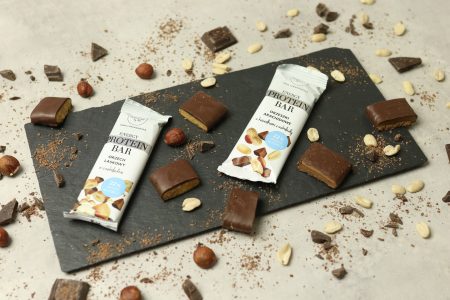



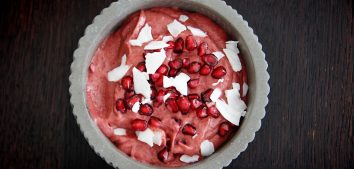

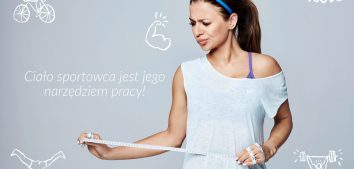
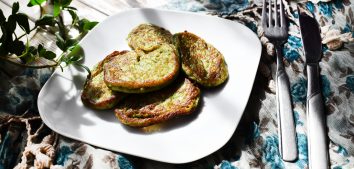
Comments No Comments
Join the discussion…